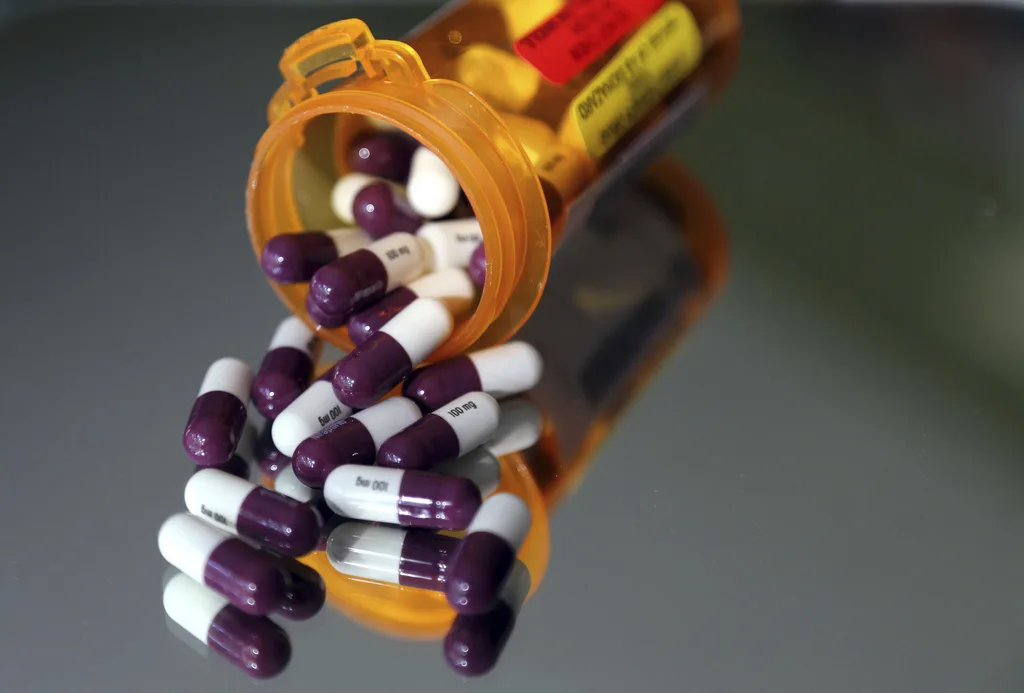
The law ensured that 76,000 Pennsylvanians were able to keep their health insurance, reduced the cost of insulin for over 80,000 seniors, and incentivized several manufacturers to invest in the state and create more clean energy jobs. (Graphic by Francesca Daly)
One year ago today, the Inflation Reduction Act (IRA) was signed into law.
The legislation represented the largest-ever investment in fighting climate change, lowered health care and prescription drug costs, raised taxes on corporations, and boosted funding for the Internal Revenue Service to go after wealthy tax cheats.
The bill was passed with only Democratic votes—including that of Pennsylvania Sen. Bob Casey—with every Republican in Congress voting against it, despite its potentially transformative impact on the economy and the nation’s clean energy infrastructure.
“The Inflation Reduction Act was one of the most consequential pieces of legislation passed in decades, and in just one year it’s already paying huge dividends for the American people, for our economy, and for our climate,” Senate Majority Leader Chuck Schumer (D-NY) said in a statement. “Democrats are proud of the progress we’ve made in implementing our agenda, and we will keep working until every American feels the benefits.”
Here are some highlights of how the Inflation Reduction Act has impacted Pennsylvania:
Lower Health Care and Prescription Drug Costs
The Inflation Reduction Act extended generous subsidies that helped make Affordable Care Act (ACA) health insurance plans more affordable for working- and middle-class families.
Those subsidies were introduced as part of Biden’s American Rescue Plan of 2021, and were set to expire at the end of last year, but the IRA extended them through the end of 2025.
Roughly 76,000 Pennsylvanians were set to lose their individual coverage and become uninsured had those subsidies expired at the end of 2022, but thanks to the Inflation Reduction Act, those people got to keep their insurance.
The IRA also reformed Medicare to lower drug costs for many of the roughly 2.3 million Pennsylvania seniors with Medicare Part D coverage, which covers prescription drugs.
For example, beginning this past January, all vaccines covered under Medicare Part D are free, and the bill implemented a $35 monthly cap on insulin for Medicare recipients.
As a result, over 80,000 Pennsylvania seniors on Medicare who use insulin are now charged no more than $35 per month for an insulin prescription.
The IRA will also implement a $2,000 cap on Medicare recipients’ annual out-of-pocket prescription drug costs, beginning in 2025. In Pennsylvania, an estimated 829,770 seniors are expected to save $467 a year each due to this provision, according to an analysis by the US Department of Health and Human Services.
Fighting Climate Change and Saving Families Money on Energy
Arguably the most critical element of the IRA is its provisions to reduce emissions that cause climate change and drive extreme weather events. The law aims to do this by establishing a mix of tax credits for companies and rebates for consumers in order to make the manufacturing and consumption of clean energy technologies and products cheaper.
In other words: by making clean energy—like solar, wind, and hydropower—cheaper to produce and use, the IRA seeks to hasten the transition away from fossil fuels that are one of the biggest sources of emissions.
For example, under the law, manufacturers get subsidies for building electric vehicles (EVs) and renewable energy products, and utilities get credits for choosing solar and wind energy over fossil fuel plants.
The law’s various measures are expected to lead to a clean energy jobs boom and the IRA could create up to nine million jobs over the next decade. In Pennsylvania, the IRA could create as many as 43,801 jobs by 2030, according to data from the Rocky Mountain Institute.
In Pennsylvania, several manufacturers have already taken advantage of the IRA’s incentives.
Prysmian Group North America, a group of telecom, energy, and cable companies, has announced plans to expand its existing Williamsport manufacturing facility. The expansion will increase Prysmian’s domestic manufacturing capacity of advanced transmission conductor technology, which is a critical step in ensuring the reliability and resilience of the US power grid, as well as helping the environment. This will create at least 27 new jobs in Lycoming County, and retain a total of 407 jobs statewide.
Doral Renewables, a renewable energy company that develops utility scale projects, is set to invest $250 million into new solar engineering designs through its Goonies Solar project in Pennsylvania. The investment will generate 200 Megawatts of clean, renewable electric power, enough to serve 33,000 Pennsylvania households annually.
The IRA also provided $80 billion in financial rebates for millions of households to adopt those clean energy products, such as electric vehicles, solar panels, and more efficient heat pumps.
If consumers claim all the subsidies offered in the law, they could save more than $1,800 on their annual energy bill on average, according to an analysis by Rewiring America, a climate analysis group.
Politics

Biden makes 4 million more workers eligible for overtime pay
The Biden administration announced a new rule Tuesday to expand overtime pay for around 4 million lower-paid salaried employees nationwide. The...

Malcolm Kenyatta makes history after winning primary for Pa. Auditor General
State Rep. Malcolm Kenyatta, who was first elected to the state House in 2018, won the Democratic nomination for Pa. Auditor General and will...

Biden administration bans noncompete clauses for workers
The Federal Trade Commission (FTC) voted on Tuesday to ban noncompete agreements—those pesky clauses that employers often force their workers to...
Local News

What do you know about Wawa? 7 fun facts about Pennsylvania’s beloved convenience store
Wawa has 60 years of Pennsylvania roots, and today the commonwealth’s largest private company has more than 1,000 locations along the east coast....

Conjoined twins from Berks County die at age 62
Conjoined twins Lori and George Schappell, who pursued separate careers, interests and relationships during lives that defied medical expectations,...






